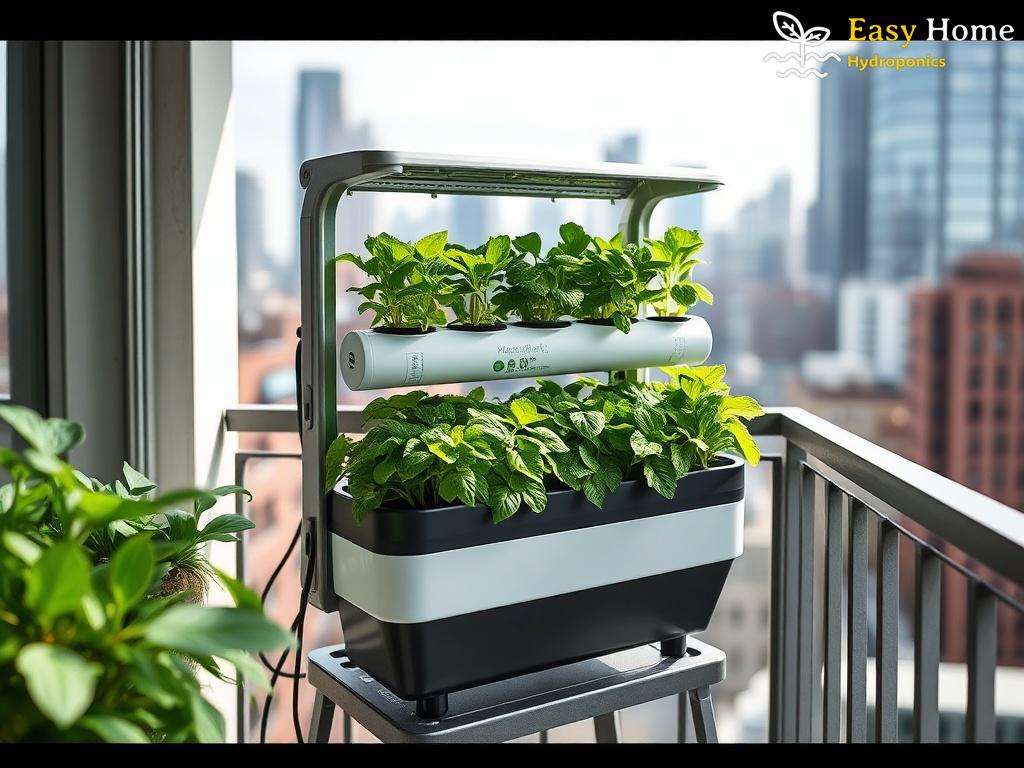The Perfect Synergy of Wind and Water

Imagine a world where the power of the wind not only fuels our homes but also nurtures the future of agriculture. Small-scale hydroponic setups, which allow for soil-less farming, can significantly benefit from renewable energy sources. Wind energy, in particular, offers a promising solution to provide the consistent and reliable power required for these innovative systems. This article explores how harnessing wind energy can revolutionize small-scale hydroponics.
Unleashing the Power of Wind for Hydroponics

The integration of wind energy into hydroponic systems not only reduces operational costs but also promotes environmental sustainability. Wind turbines can generate electricity that powers pumps and lights essential for plant growth, making them an ideal match for hydroponic setups. By tapping into this renewable energy source, gardeners can reduce their carbon footprint while cultivating fresh produce.
Here’s a concise overview of the key benefits of using wind energy in small-scale hydroponics:
- Cost Savings: Once installed, wind energy systems can significantly lower electricity bills.
- Energy Independence: Utilizing wind frees growers from reliance on grid power.
- Environmental Impact: Wind energy reduces greenhouse gas emissions associated with traditional energy sources.
- Scalability: Wind systems can be tailored to fit various sizes of hydroponic setups.
Challenges and Considerations
While the benefits of wind energy for hydroponic systems are undeniable, there are also challenges to consider. Factors such as initial investment, maintenance of wind turbines, and the variability of wind patterns can affect the efficiency and reliability of power generation. Understanding these challenges is crucial for anyone looking to implement this innovative solution in their gardening practices.
Moreover, the geographic location plays a significant role in the viability of wind energy. Areas with consistent wind patterns are ideal candidates for this approach, making research and planning essential for success. By weighing the pros and cons thoughtfully, growers can make informed decisions that align with their sustainability goals.




